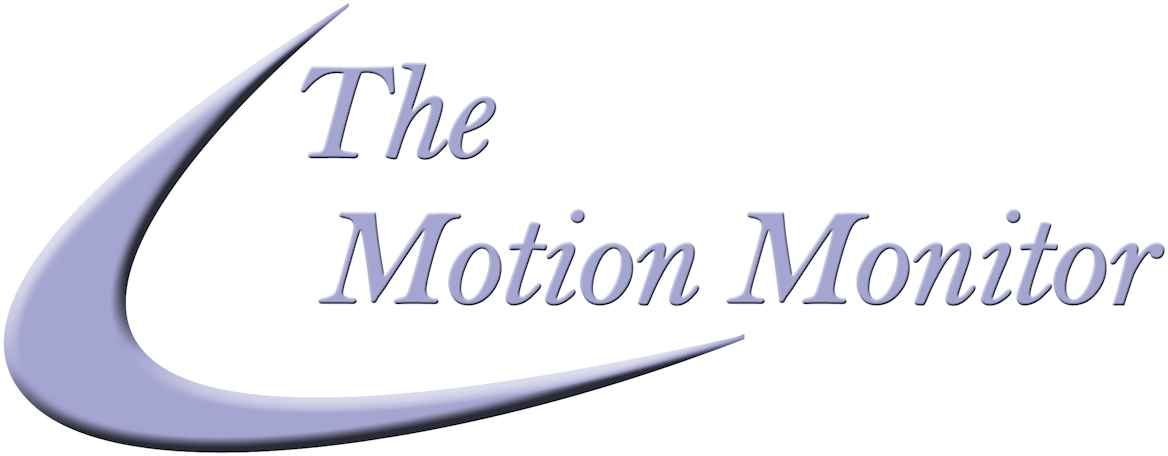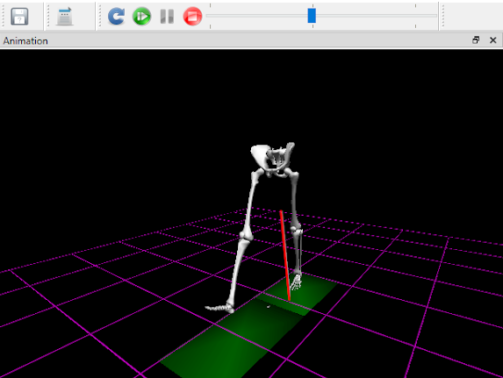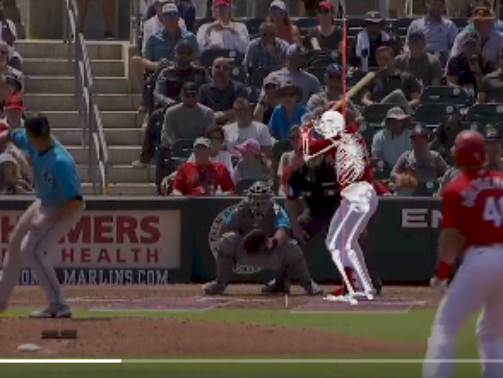Introduction As motion tracking systems continue to evolve, so too do the complexities involved in setting up hardware for research labs that study human movement. Recent informal polling of both current and prospective clients revealed a growing ...
Establishing Excellence: A Mission-driven Strategy for University Departments
Introduction In recent years, I sense the approach to building a department’s reputation is evolving. Increasingly, department leaders responsible for motion capture research labs are adopting a mission-driven strategy, emphasizing a clear purpos ...
Addressing the Unique Challenges of University Research Labs
Introduction As the person responsible for product quality and client support at The MotionMonitor xGen, I frequently hear concerns from prospective clients that fall into two distinct categories. On one side, there are large departments at major ...
Skip the Plates? An Evaluation of Markerless Kinetics without Force Plates.
Introduction I was reading a paper a few weeks ago by some folks at the University of Bath. They were computing the Ground Reaction Forces which were necessary to generate the observed motion of the Body Center of Mass (BCOM) using forward ...
Markerless Motion Capture: An Early Experience
Introduction In our last blog, we described our history with markerless motion tracking dating back to 2009 with early shape fitting methods. We discussed the benefits we saw with AI based tracking methods and, our view of the futu ...
What Technology Do I Start With For My Player Performance Program? Force Plates!
Introduction Since the early 1990’s there have been significant advances in hardware to track and measure human motion. Cameras, electro-magnetic trackers, and inertial measurement units to track the position and orientation of the body; EMG ...





